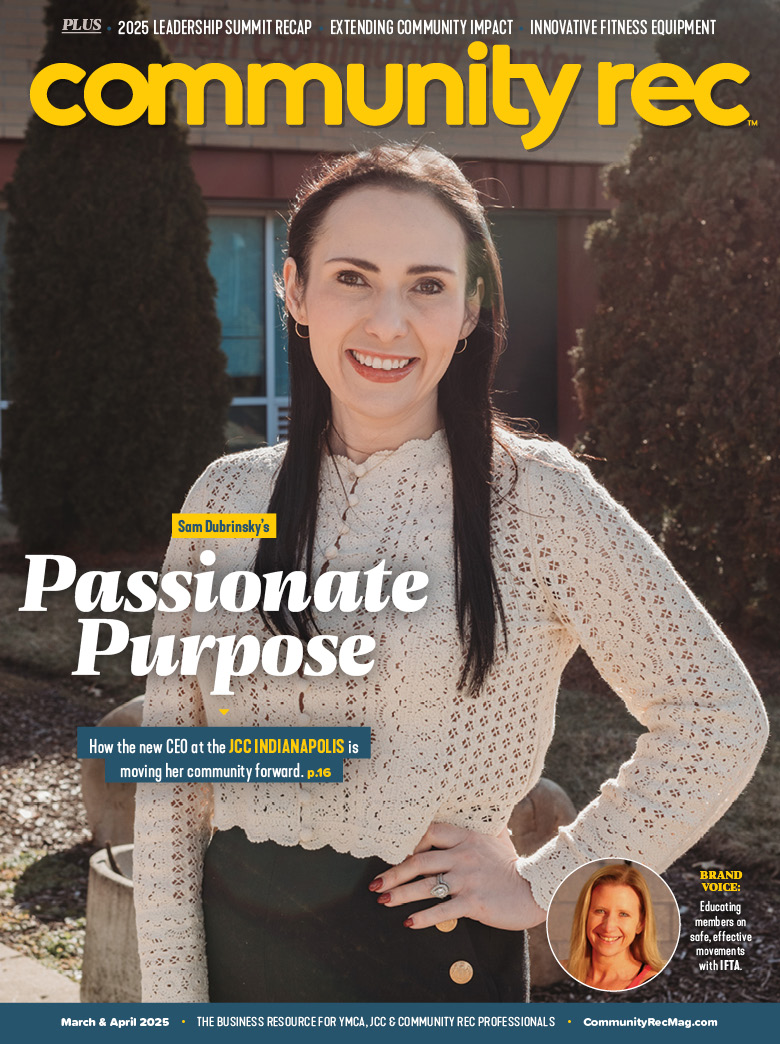Constant in-person interruptions, too many phone calls and endless meetings — these are all things I’ve heard staff complain about for years. We’ve tried creating open office hours, steering people to emails, and scaling back on meetings in an effort to provide staff with ways to be more productive at the workplace. They all seemed to work — temporarily, at least. Of course, there’s always the struggle of how to keep your team together while trying to cut back on these important connections, but I felt like we had a great balance going.
All of that changed when we were mandated to close our facility due to the COVID-19 outbreak. Overnight, I went from seeing the team I love on a daily basis to having almost zero contact. We were desperate to keep the team together, so, like so many companies out there, we started having daily Zoom meetings with operations staff each morning to connect.
We started talking about our daily membership numbers, how we could continue engaging with our members during a closure and what we would do when we reopen. All of this was very task and data-oriented, and I realized something was missing. Sure, we were having a “normal” meeting — just via the internet and not around a conference table — but something was off.
I realized it’s the little things that make teamwork “work.” Something as simple as arriving to a meeting early and talking with a colleague about their weekend was suddenly gone. Those little conversations you have with your coworker sitting next to you before, after and sometimes during a meeting had disappeared.
Now we all arrive at the same time and are at the mercy of the meeting host (usually me) to start the meeting all at once. It’s those little interactions, though, that are so important to building a team. I suddenly missed watching everyone interacting with one another, building relationships, and communicating at work in a non-work way. Can you still have some of that via the internet? Sure — but it’s not the same.
As our Zoom meetings continued the last couple of weeks, I could see the fear and anxiety in my team’s eyes as each day the pandemic news worsened. When would we reopen? Would we have to furlough more staff? Will we still have jobs when this is all over? I could see their fear via the internet, and even though I tried to calm them down with my words, there is something that gets lost in translation in connecting digitally. My team needed each other, they needed connection, not just data and what-ifs.
After having Zoom meetings for three weeks, here’s what I recommend:
- Have fun! Don’t just talk about numbers and statistics. Take some time to play a scavenger hunt game, reflect on the bright spots that are happening, or tell jokes. Try to be uplifting as possible.
- Our staff need to be heard during this time. Hear what they have to say and help calm their fears as much as possible.
- Be as transparent as possible. You might not be able to share all the details, but it helps to allow your staff into your decision-making process at this time.
When all of this is behind us, and community recreation and fitness centers are able to reopen again, I am hopeful we will no longer take human interaction for granted. Connecting with our peers, employees and members is the lifeblood of what we do. Our business is to help improve the lives of others. We will reopen with a new way of life around us, and it’s our job to adjust with our ever-changing communities. In the meantime, I’m going to continue seeing my amazing team every day on my laptop, waiting until I get to connect with them in-person.
Bryan Snodgrass is the chief operating officer at the Burbank Community YMCA.










